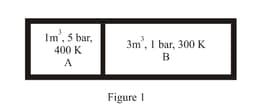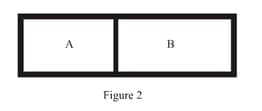MEDIUM
Earn 100
Assertion: Two metallic spheres of same size, one of copper and the other of aluminum, heated to the same temperature, will cool at the same rate when they are suspended in the same enclosure.
Reason: The rate of cooling of a body is directly proportional to the excess of temperature of the body over the surroundings.
(a)If both Assertion and Reason are true and the Reason is correct explanation of the Assertion.
(b)If both Assertion and Reason are true but Reason is not explanation of the Assertion.
(c)If Assertion is true but the Reason is false.
(d)If Assertion is false but Reason is true.
25% studentsanswered this correctly
Important Questions on Thermodynamics
EASY
HARD
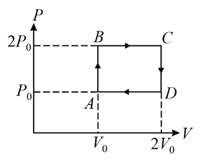
The above diagram represents the thermodynamic cycle of an engine, operating with an ideal mono-atomic gas. The amount of heat, extracted from the source in a single cycle, is:
MEDIUM
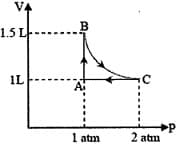
EASY
MEDIUM

MEDIUM
[Heat of fusion of ice ; Specific heat of water ]
MEDIUM
(R = 8.314 J/mol K) (ln7.5 = 2.01)
HARD
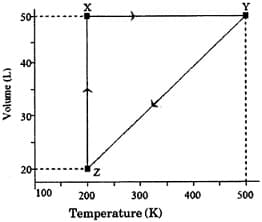
The pressure of the gas (in atm) at and respectively, are
HARD
MEDIUM
The combination of plots which does not represent isothermal expansion of an ideal gas is
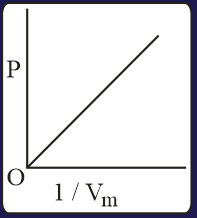
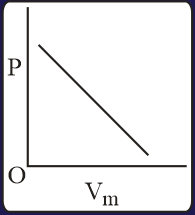
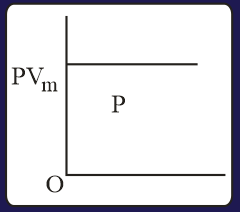
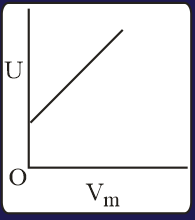
EASY
MEDIUM
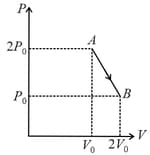
MEDIUM
EASY
MEDIUM
MEDIUM
MEDIUM
The three processes in a thermodynamic cycle shown in the figure are : Process is isothermal; Process is isochoric (volume remains constant); Process is adiabatic.
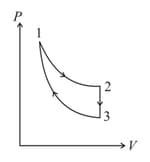
The total work done by the ideal gas in this cycle is, The internal energy decreases by, in the isochoric process. The work done by the gas in the adiabatic process is, . The heat added to the system in the isothermal process is
HARD
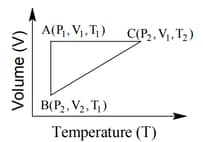
The correct option(s) is (are)
EASY
(Latent heat of ice is and )
HARD
